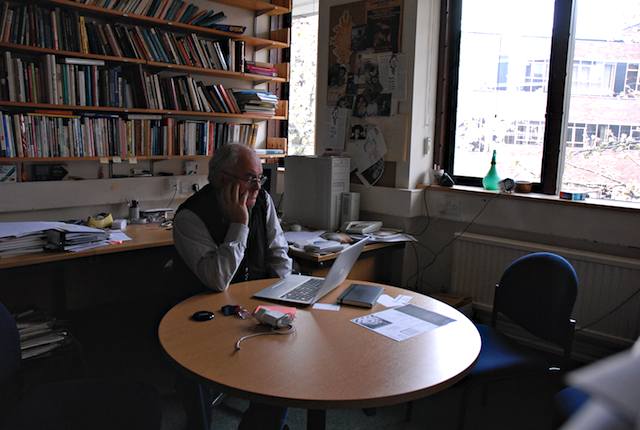There’s a serious OLPC deployment in Peru. David Talbot’s informative Tech Review report says that:
Peru is poised to deliver 486,500 laptops to its poorest children under the One Laptop per Child program–a figure that could swell to 676,500 if the Cuzco region buys in. It is the largest such OLPC purchase in the world (see “OLPC Scales Back”). I asked Becerra whether children in Lima’s slums would receive the green-and-white machines. “No,” he said. “They are not poor enough.” At first I thought he was making a hard-hearted joke. But he went on to explain that Lima residents generally have electricity and (in theory) access to city services, even Internet cafés. The laptops are headed to 9,000 tiny schools in remote regions such as Huancavelica, in the Andes, an arduous 12-hour bus ride over rocky roads southeast of Lima, and villages such as Tutumberos, in the Amazon region, days away. By the standards of children in those areas, the girl on the traffic island enjoyed enviable opportunity.
What Becerra told me drove home the true scope of what OLPC is trying to do in a country that, according to a survey by the World Economic Forum, ranks 130th out of 131 countries in math and science education, and 131st in the quality of its primary schools. “There is a long-term social cleavage in Peru that has been around forever,” says Henry Dietz, a political scientist and expert on Peru at the University of Texas at Austin, describing the country’s income inequality and rural poverty. “You get out of those provincial capitals, a half-hour in any direction, and you are in rural Peru, and things are pretty primitive. Electricity is a sometimes thing, and the quality of education–the school is four walls and a roof and some benches, and that is about it. There is very little there to work with.” In some cases, the laptop deployment will tie in to an existing program to bring Internet access to certain schools. But for the most part, the machines are entering an educational vacuum…
One of the things that has struck me most forcibly about my OLPC is how useful it would be as an eBook reader: the screen is highly readable in sunlight, so it’s interesting to see that in the Peru deployment each machine comes pre-loaded with 115 books. Hooray!






